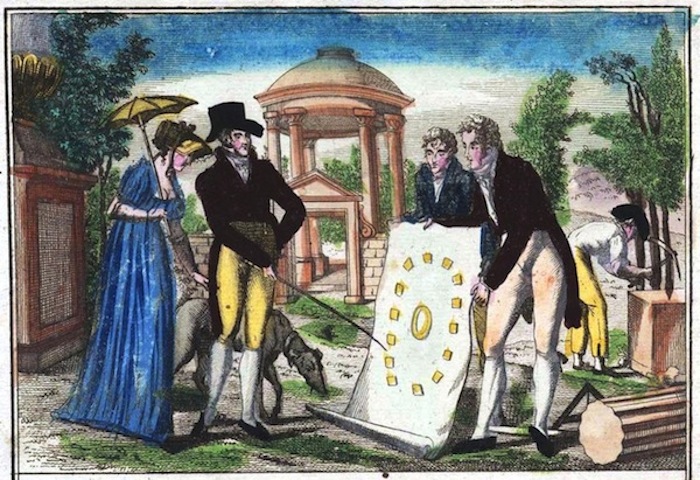The Parabola project at Hadspen represents a commitment to seeking out radical solutions to planting, and to exploring the links that gardening can make to other fields of creativity.
Applicants are asked for a response to the new path layout, designed by Foreign Office Architects, for the original parabola-shaped walled vegetable garden at Hadspen. The scheme is intended to provide an empty theatre-stage of three quarters of an acre; the gardener is free to direct the plants to best effect, by adding the drama of poetry, surprise, and mystery.

The new paths try only to take maximum advantage of the specifics of the site - the walls and topography, climate, drainage, access, movement and maintenance. All existing plants, trees and paths that survive from the previous important gardens in the space will have been removed.
the Hadspen Parabola climate study

Beyond clarity and rigour of ideas, there are no rules to limit the gardener's approach. Any plant type is fine, as long as it grows; any planting style or diversity is fine as long as the garden can be maintained through the year, more or less, by one person. Hadspen Parabola: Competition PR



To attract the right applicants, and the most challenging judging process, the interview panel will itself be composed of experienced gardeners, but all of them with primary (and international) reputations in other fields : writers, set-designers, architects, film directors, artists, musicians.

For the last twenty year the gardens at Hadspen House in Somerset were taken care of by Canadian gardeners Nori and Sandra Pope. Their retirement in 2005 was the catalyst for the Parabola competition. The goal is to find a new gardener to create and care for new, contemporary gardens within the D shaped walled garden.




















































